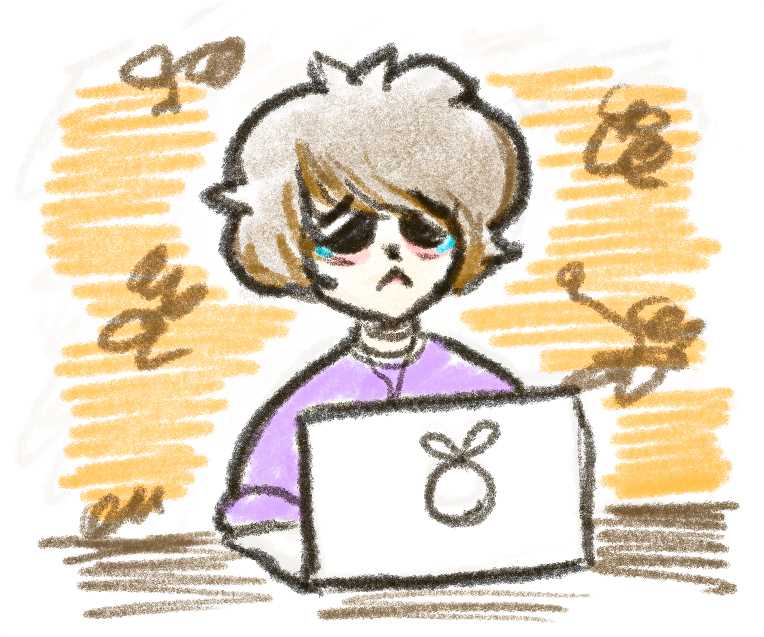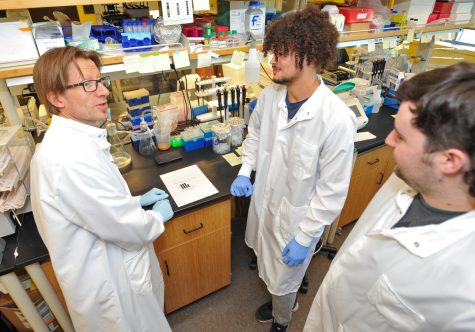Researcher links public self-consciousness to Zoom fatigue
Individuals high in public self-consciousness have worse attitudes towards virtual meetings
Data was collected in the summer and fall of 2020. Results showed people concerned with their impression of others were likely to hate virtual meetings.
February 10, 2022
A WSU researcher studied the effects of “Zoom fatigue” on 80 U.S. business employees and 350 WSU business college students. The results found highly self-conscious people had worse attitudes towards seeing themselves on Zoom.
Anecdotally, people find seeing themselves on Zoom meetings distracting, but the study found positive or negative attitudes towards seeing oneself on a meeting depended on the “public self-consciousness” trait, said Kristine Kuhn, associate professor in WSU’s Carson College of Business.
“This is a trait that psychologists have been studying for decades,” Kuhn said. “People just tend to [be concerned with] the impression they’re making on other people.”
While everyone cares about the impression they leave on others to some extent, people high in public self-consciousness may obsess over it, such as frequently checking themselves in the mirror, she said.
The data was collected in the summer and fall of 2020, with the college students and workers being surveyed as separate samples, she said.
The results did not find a correlation between how often people saw themselves in a Zoom meeting and their perceived attitudes. Rather, the results were highly dependent on public self-consciousness, Kuhn said. People high in this trait had worse attitudes, while people low in this trait did not.
One example of this is people high in public self-consciousness might pay attention to their facial expressions during Zoom meetings, she said.
“You are paying attention to not just other people’s facial expressions and how they’re reacting, but how [you’re] coming across to others,” Kuhn said. “It’s just a little bit more exhausting.”
On top of the public self-consciousness trait, there are other factors that go into “Zoom fatigue.” Bad connection, audio difficulties and lack of control over when to have cameras on all contributed towards worsening attitudes towards virtual meetings, she said.
Additionally, virtual meetings make it harder for people to send and receive nonverbal signals like shared eye contact — this is because humans are used to face-to-face meetings, she said.
However, Kuhn said she noted the WSU students in the study had a lot of positive comments towards virtual meetings. Some students said it was easier for them to focus in comparison to in-person classes. The biggest factor that affected students’ attitudes was whether they had a quiet space to attend meetings.
The study only focused on emotional reactions to the meetings themselves and did not evaluate factors like meeting effectiveness, she said. The study also did not consider political beliefs or geographical locations in its data.
Kuhn said this area of study is ongoing; other researchers are trying to figure out how to make virtual meetings better. One example of this is experimenting with virtual avatars, among other features.
Companies are also trying out different enforcement policies surrounding the use of cameras during Zoom meetings, she said. Some executives are enforcing people to only have their camera on for at least the first five minutes of the meeting, while others are making attendees have their camera on the entire time.





















